Key Takeaways
- PPE can increase heat risk by trapping heat and moisture, especially in summer.
- Choosing breathable, lightweight PPE reduces heat buildup and skin irritation.
- Proper hydration and scheduled breaks are vital to prevent heat-related illness.
- PPE like knee pads, safety glasses, and face shields need extra care for comfort and hygiene.
- Using cooling accessories and good cleaning habits helps avoid discomfort and skin problems.
Why is PPE a Heat Hazard in Hot Weather?
PPE protects us, but many types limit airflow and trap heat — especially in hot weather. Heavy fabrics, plastics, or rubber coatings reduce the body’s ability to cool through natural evaporation. This causes heat and moisture to build up inside the gear, raising body temperature and increasing risks like heat exhaustion. Pieces such as full-body suits, respirators, and face shields further reduce airflow, making the problem worse.
Additionally, certain PPE can trap heat and moisture in specific areas. For example, knee pads often press tightly on the skin with limited ventilation, which can cause discomfort or rashes after prolonged use. Safety glasses may fog up and press on the nose and temples, trapping heat and causing irritation. Face shields can trap moisture around the face, increasing the chance of skin irritation or rash if not cleaned frequently.
What Types of PPE Are Better for Summer?
To balance safety and comfort in summer heat, choose PPE designed for better breathability and moisture management:
- Breathable fabrics: Look for PPE with mesh panels or moisture-wicking materials that improve airflow and keep skin drier.
- Safety glasses: Choose glasses with anti-fog coatings and adjustable nose pads to improve airflow, reduce heat buildup, and avoid pressure points that cause discomfort. Cleaning them regularly reduces irritation and keeps vision clear.
- Face shields: Lightweight or ventilated face shields help reduce heat and moisture trapped near the face. Frequent cleaning is important to remove oils and sweat that can irritate skin or cause rash.
- Lightweight gloves: Thin, breathable gloves reduce hand sweating and improve comfort during hot shifts.
- Ventilated helmets: Helmets with vents increase airflow around the head, reducing heat buildup.
- Cooling vests: Wear these under PPE to lower body temperature through evaporative or phase-change cooling.
- Knee pads: Select knee pads with breathable, moisture-wicking liners or gel padding. These reduce pressure and airflow blockage, helping prevent discomfort and skin irritation during long wear. Regular cleaning also prevents the build-up of sweat and bacteria.
- UV-protective clothing: Prevent sunburn, which adds to heat stress.
Always balance safety requirements with the need for comfort during heat exposure.

How Can Workers Manage Heat Stress on the Job?
Hydration is key to staying safe and comfortable, especially when PPE traps heat:
- Drink water regularly: 8 to 12 ounces every 15 to 20 minutes during physical activity. Don’t wait until you are thirsty.
- Use electrolyte drinks on long or intense shifts to replace lost salts.
- Take breaks in shaded or cool areas to let your body cool down.
- Avoid caffeine and alcohol as they increase dehydration.
- Wear moisture-wicking underlayers or sweatbands beneath PPE to keep skin dry and reduce irritation caused by trapped moisture.
For equipment you wear on your face, such as glasses or shields, regular removal and cleaning during breaks help prevent sweat buildup and skin irritation.
What Heat Safety Practices Should Employers and Workers Follow?
Heat safety requires teamwork and planning:
- Heat acclimatization: Gradually increase workload and PPE use to let the body adapt to heat.
- Work/rest cycles: Follow recommended breaks (e.g., 15 minutes rest every hour in high heat), especially when wearing heavy or restrictive PPE like full-body suits or knee pads.
- Buddy system: Monitor each other for heat illness signs like dizziness, confusion, or nausea. Early action prevents serious problems.
- Training: Educate workers on heat risks, safe PPE use in heat, and how to recognize heat-related illness.
- Environmental monitoring: Use heat indexes (like Wet Bulb Globe Temperature) to plan work schedules and PPE use.
Can Cooling Accessories Be Used With PPE?
Yes! Cooling gear helps reduce heat stress without compromising safety:
- Cooling towels or bandanas: Worn under PPE around the neck or forehead, soaked in cold water to lower skin temperature.
- Cooling vests: Fit under PPE to lower core temperature via evaporative or phase-change cooling.
- Portable fans or air conditioners: Improve airflow indoors or in vehicles.
- Moisture-wicking underlayers: Help keep skin dry beneath PPE, reducing irritation and discomfort.
Conclusion
Wearing PPE in summer heat means balancing protection and comfort. Choose breathable, lightweight gear, stay hydrated, take breaks, and follow heat safety protocols to reduce heat risk.
You can also pay special attention to PPE by selecting breathable versions, keeping them clean, and using cooling accessories to avoid discomfort and skin irritation. This keeps you safer and more comfortable during hot shifts.
Products mentioned
FAQ
How often should I clean PPE during hot days?
Clean them daily or whenever you take a break if you’re sweating heavily. This prevents moisture buildup and skin irritation.
Can I wear cooling accessories with my PPE without affecting protection?
Yes, as long as they don’t interfere with PPE fit or safety. Cooling towels and vests designed for PPE use are great options.
What should I do if my safety glasses fog up in hot weather?
Use glasses with anti-fog coatings and clean them regularly. Adjust nose pads for better ventilation and fit.
How can I prevent rashes from wearing knee pads for long periods?
Use knee pads with breathable liners or gel padding, clean them frequently, and consider moisture-wicking underpads.
What are the early signs of heat illness?
Symptoms include dizziness, headache, excessive fatigue, nausea, and confusion. Take breaks and seek medical help immediately if symptoms appear.

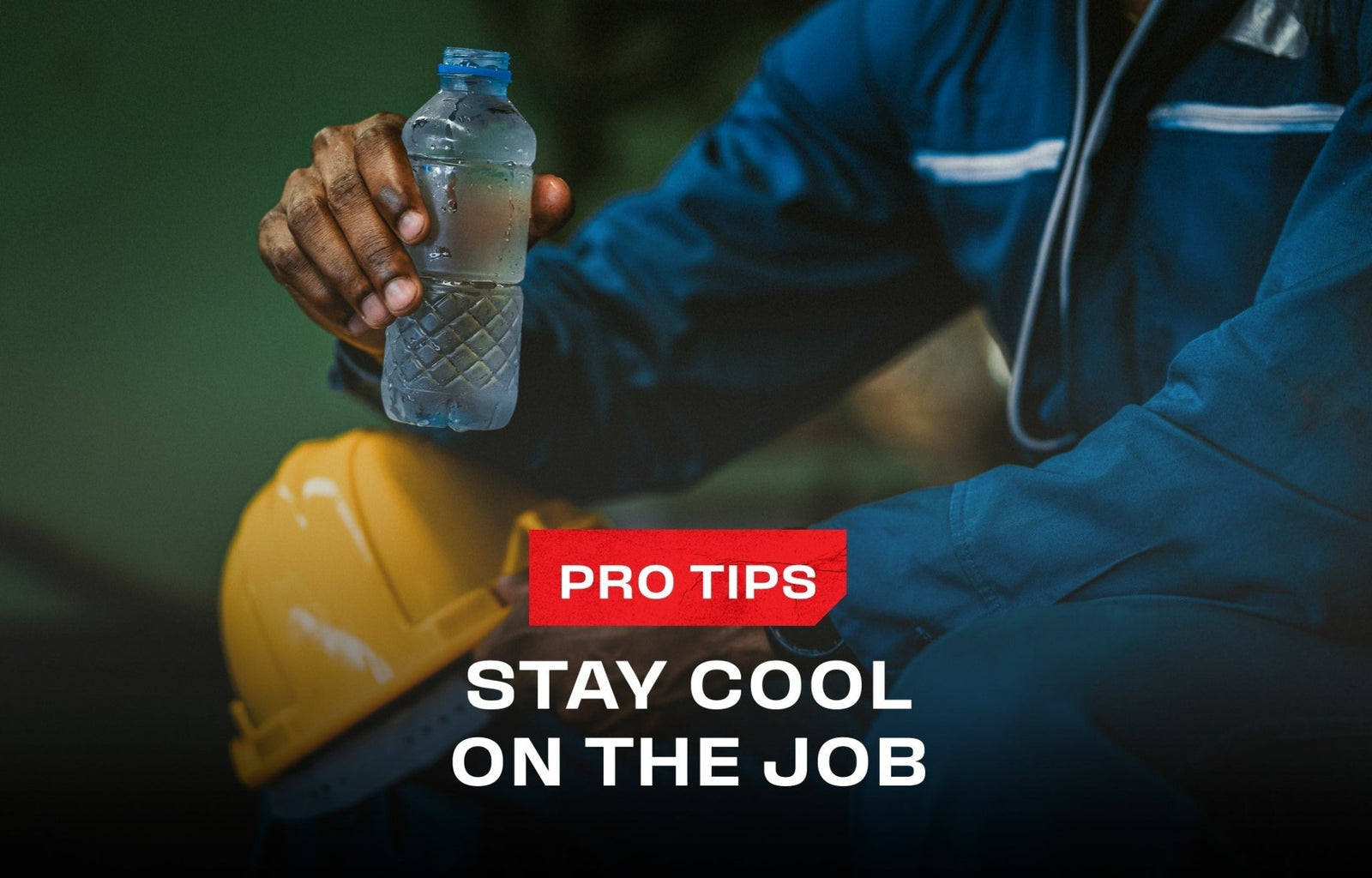





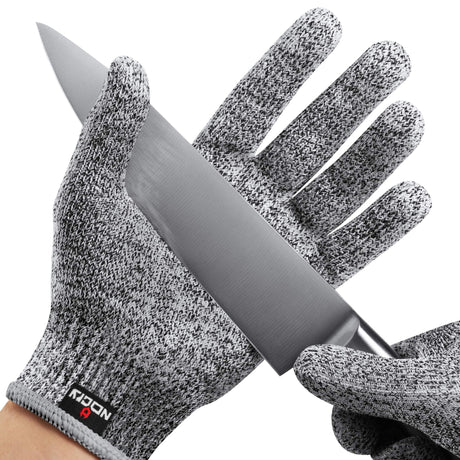
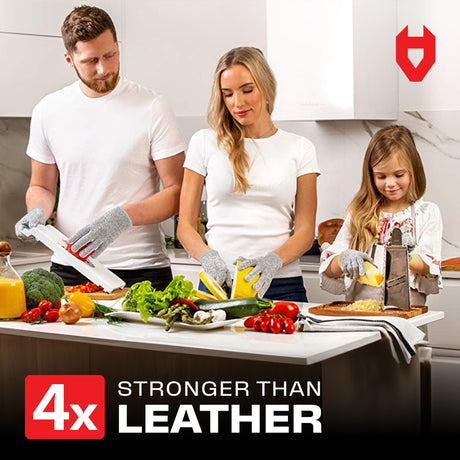
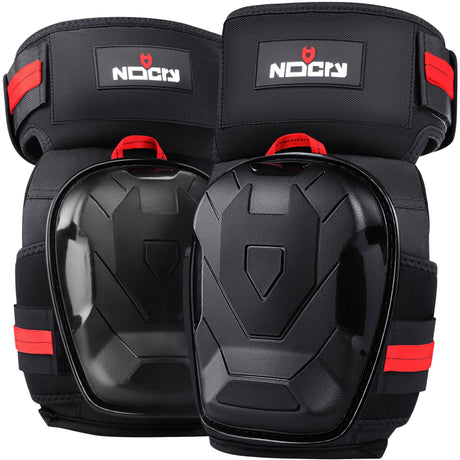
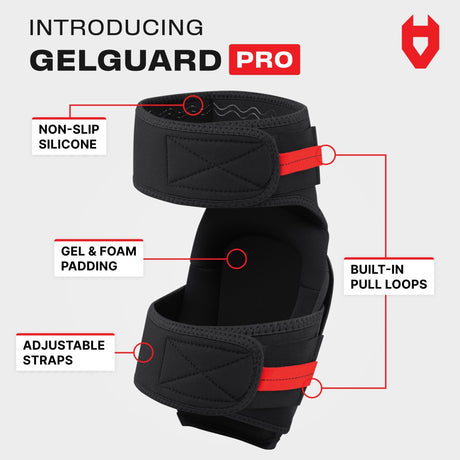
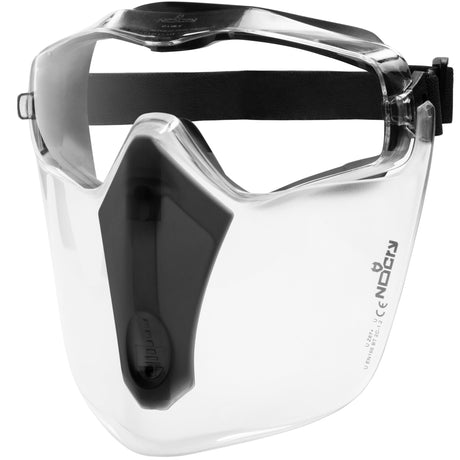
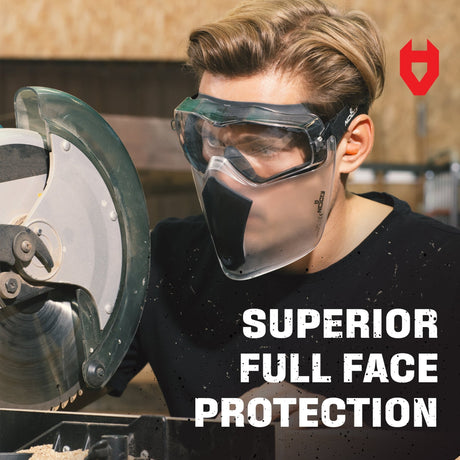
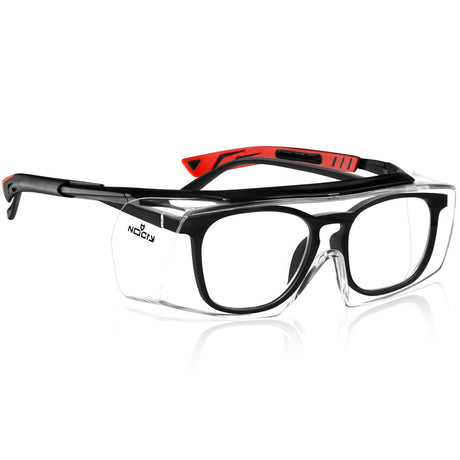
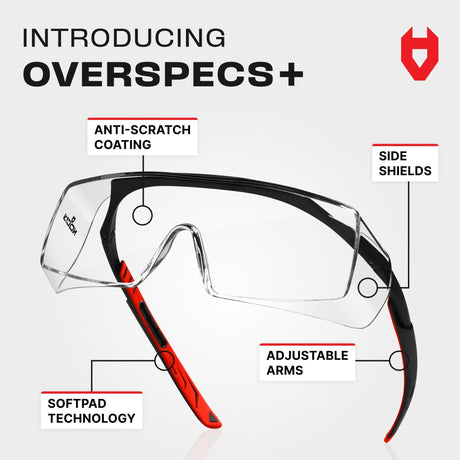


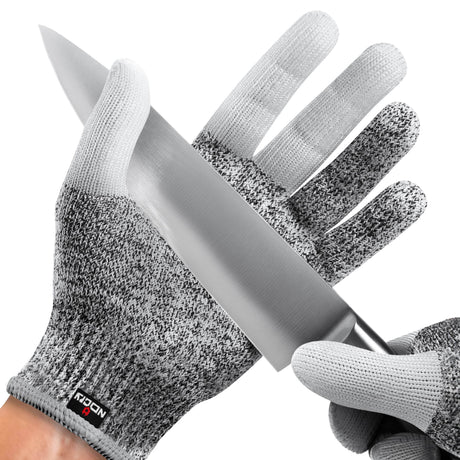
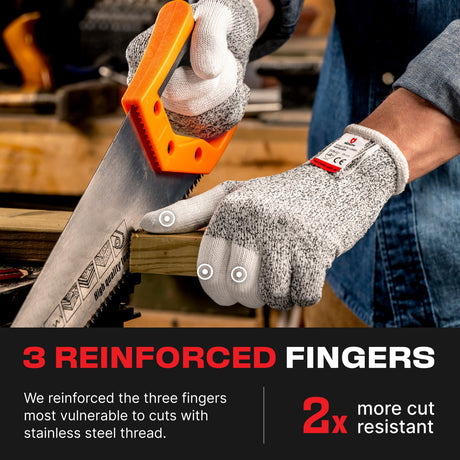
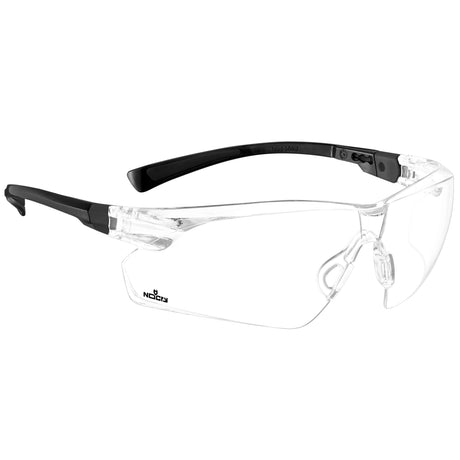



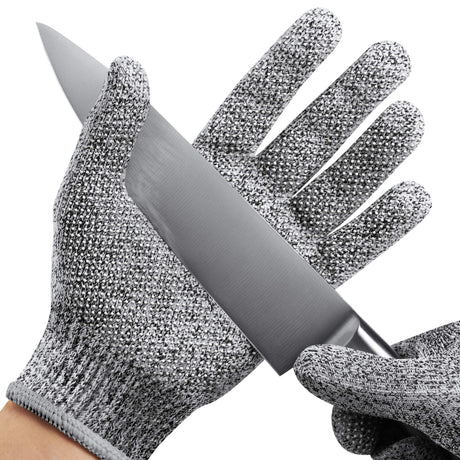
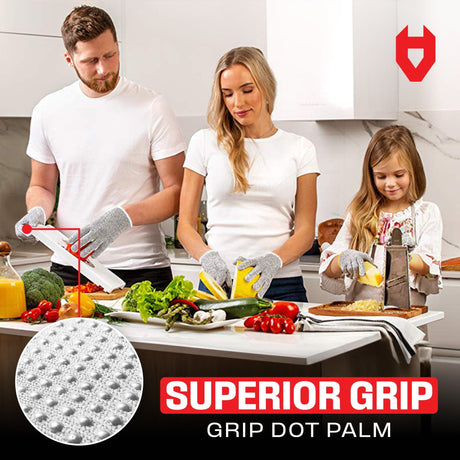
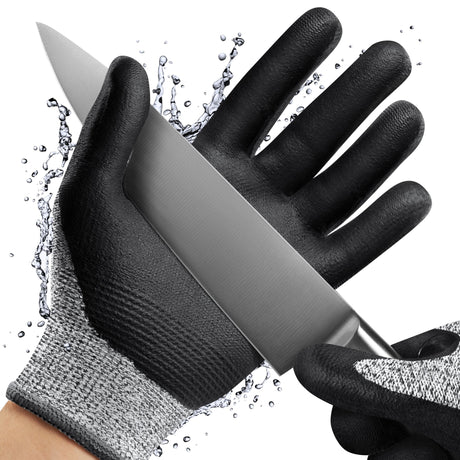
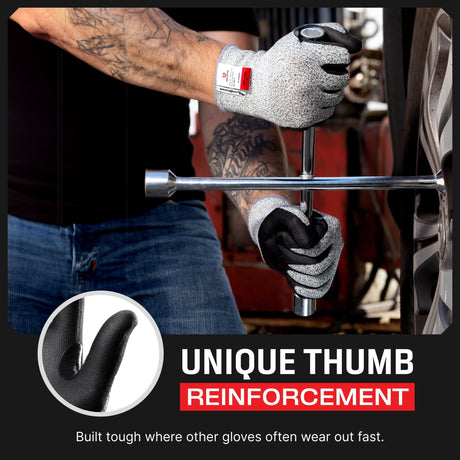

1 comment
Good article; good tips! Thanks. My only comment is that nosepads on goggles meant to keep out fine particles and gasses might not be a good idea because the nosepads would likely break the seal between the skin and goggles. It’s always a risk/benefit decision. Now if we could come up with ventilated goggles -sand I have an idea for how that could be done, but that’s for another time-that might solve the problems of both fog and comfort.